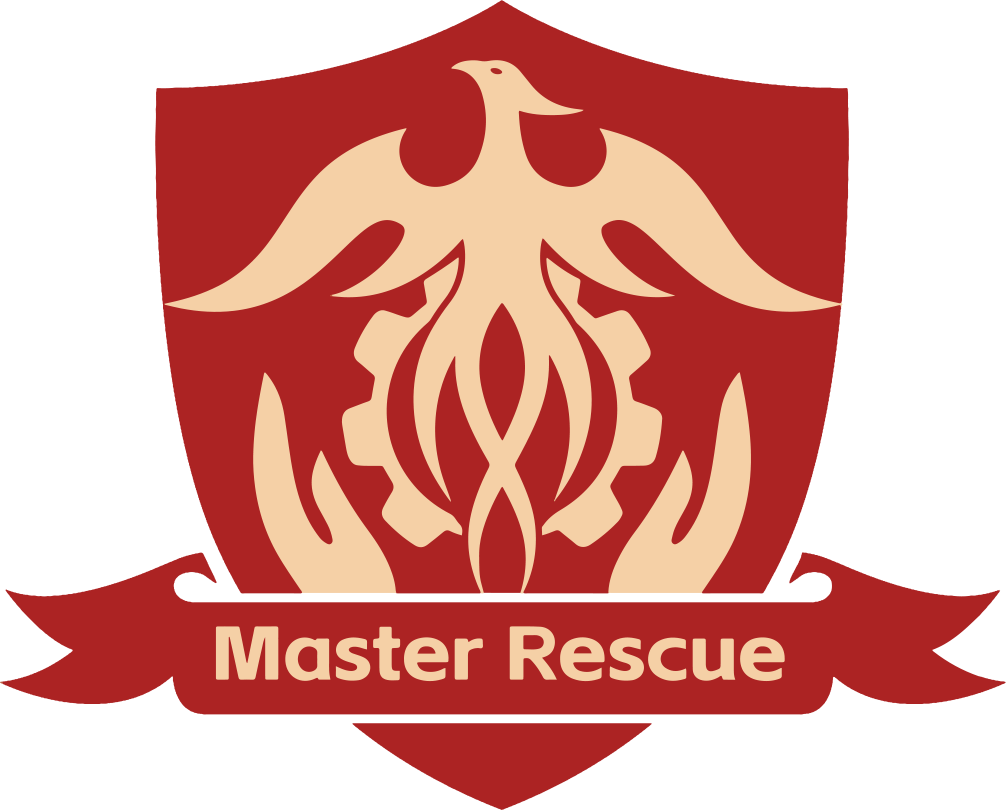The chest tension needle is not just a crucial tool in emergency rooms and field hospitals; it is also an essential part of trauma kits for military personnel, paramedics, and anyone working in high-risk, high-stress environments. Its importance is magnified in situations where medical support is delayed, such as during natural disasters, combat situations, or remote outdoor activities.
When Is a Chest Tension Needle Most Needed?
While a tension pneumothorax can happen in many situations, certain circumstances make the use of a chest tension needle particularly critical. These include:
- Trauma and Accidents:
- Car accidents, falls, or blunt force trauma can cause lung injuries that lead to pneumothorax. In these cases, the chest tension needle provides rapid relief to prevent suffocation and organ failure.
- Gunshot or Stab Wounds:
- Penetrating injuries to the chest cavity often result in pneumothorax, which can escalate into a life-threatening tension pneumothorax. Quick use of a chest tension needle can relieve pressure and stabilize the patient.
- Combat or Battlefield Injuries:
- Military personnel in combat zones are at a higher risk of suffering chest injuries. The chest tension needle is an invaluable tool for medics who need to stabilize a soldier in the field, providing time to evacuate the casualty for further treatment.
- Sports Injuries:
- High-impact sports, especially contact sports like football, hockey, or rugby, can result in blunt chest trauma, leading to a tension pneumothorax. Having a chest tension needle as part of a team’s emergency medical equipment can be a lifesaver.
- High-Altitude Environments:
- In some cases, barotrauma (injury caused by pressure changes) can lead to pneumothorax, especially in those participating in activities like mountaineering, diving, or even airplane accidents.
The Lifesaving Impact of Needle Decompression in Tension Pneumothorax
Tension pneumothorax is a condition where air trapped in the pleural space is unable to escape, leading to pressure that compresses the lung and shifts the mediastinum (the central area of the chest that contains the heart, trachea, and esophagus). This pressure can compromise blood flow, resulting in severe circulatory problems and respiratory distress.
The symptoms of a tension pneumothorax include:
- Severe difficulty breathing or breathlessness.
- Chest pain, often sharp or stabbing.
- Tracheal deviation, where the trachea shifts to one side due to the internal pressure.
- Distended neck veins, which can indicate increased pressure in the chest.
- Hypotension (low blood pressure) due to poor blood return to the heart.
- Cyanosis, or a bluish tint to the skin, indicating inadequate oxygen supply.
If left untreated, tension pneumothorax can lead to:
- Cardiac arrest due to compression of the heart and great vessels.
- Complete lung collapse, making it impossible for the patient to breathe.
- Death within minutes in severe cases.
By using a chest tension needle, the immediate release of trapped air can restore normal pressure in the chest cavity, allowing the lung to reinflate and easing the burden on the heart and lungs. This life-saving intervention stabilizes the patient and buys time for further treatment.
Training and Expertise in Chest Tension Needle Use
The proper use of a chest tension needle requires not only a strong understanding of anatomy but also precise skill to ensure the needle is inserted at the correct angle and depth to avoid complications. Medical professionals need to be properly trained in the following areas:
- Anatomical Landmarks:
- Understanding where the needle should be inserted is critical to avoid hitting organs such as the lungs, liver, or heart.
- The second intercostal space is the most commonly used insertion point, but in some cases, the fifth intercostal space may be preferred based on the patient’s condition.
- Needle Insertion Techniques:
- Training in how to safely insert the needle without causing further injury is essential.
- Controlled force must be applied to puncture the chest wall, and the angle of insertion should be perpendicular to the chest wall to ensure accuracy.
- Recognizing Tension Pneumothorax:
- Immediate assessment skills are necessary to identify the signs of tension pneumothorax and make the decision to perform needle decompression.
- Point-of-care ultrasound can assist in confirming the presence of pneumothorax in some cases.
- Post-Decompression Care:
- After performing needle decompression, the patient may require further medical attention, such as the insertion of a chest tube for prolonged air drainage, oxygen therapy, or continuous monitoring.
- Wound care around the insertion site is crucial to prevent infection.
Chest Tension Needle in Advanced Trauma Life Support (ATLS)
In the context of Advanced Trauma Life Support (ATLS), the chest tension needle is a crucial component of the primary survey. The primary survey aims to identify life-threatening injuries as quickly as possible to prioritize treatment.
For a patient showing signs of tension pneumothorax, the protocol follows:
- Airway: Ensure the airway is open.
- Breathing: Assess for breathing difficulties or abnormal lung sounds.
- Circulation: Check for signs of shock and inadequate blood pressure.
- Disability: Assess neurological status.
- Exposure: Ensure all wounds are visible and treated.
If tension pneumothorax is identified, immediate intervention with a chest tension needle can be a game-changer, providing the necessary pressure relief to avoid catastrophic outcomes.
Conclusion: The Vital Role of the Chest Tension Needle
The chest tension needle is a life-saving tool that plays a critical role in the emergency management of tension pneumothorax. As a fast and effective way to release trapped air and stabilize patients, it is indispensable for trauma teams, military medics, first responders, and emergency room professionals.
Its quick action and the ability to restore vital functions—such as breathing and blood flow—make the chest tension needle a cornerstone of pre-hospital trauma care. Proper training, awareness, and understanding of the signs of tension pneumothorax are crucial for medical professionals to utilize this tool effectively and improve patient survival rates in critical situations.
In emergencies where every second counts, the chest tension needle is often the difference between life and death, underscoring the importance of preparedness and effective emergency response.
